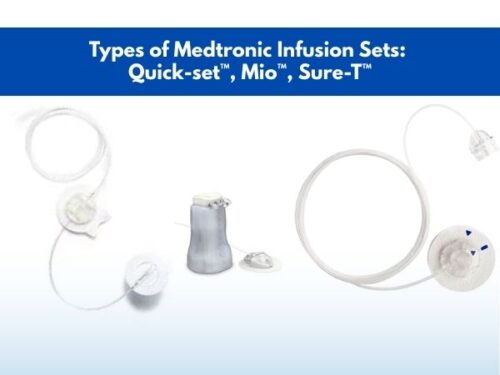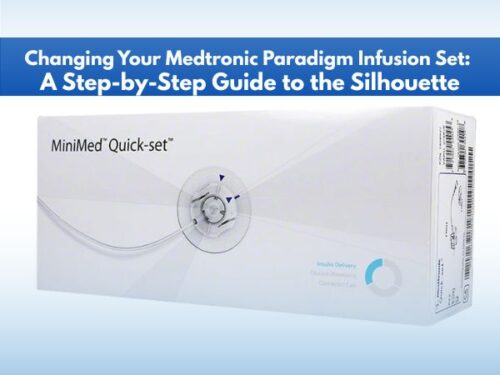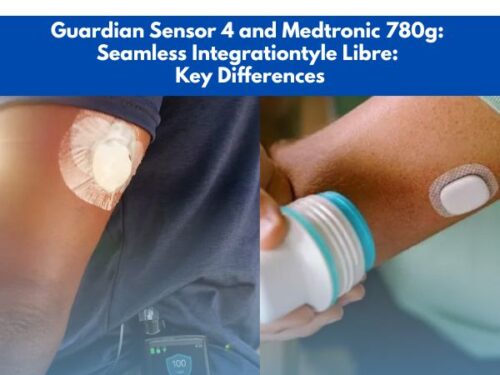What is a Gastrostomy Tube and Why is it Used?

Human beings suffer from a wide range of ailments that not only make it difficult for them to continue their daily activities and work but sometimes can also make them unable to perform basic human activities like eating and drinking on one’s own. This condition can be caused by a temporary or permanent illness. To solve this issue, tube feeding (enteral nutrition) is used. Tube feeding is the process through which a patient is provided nutrition when he is unable to eat or drink by mouth. There are several ways to provide enteral nutrition and these ways are classified according to the use and site of insertion of the feeding tube. Today in this article we are going to discuss the gastrostomy tube which is used to provide tube feeding to patients.

Placement of a gastrostomy tube
Usage
A gastrostomy tube or G-tube is a kind of tube feeding which is used to provide nutrition for the long term. The gastrostomy tube is inserted into the abdomen into the stomach through a small incision. The inability to eat or drink on one’s own can be due to several medical issues but the most important causes for which a person may be unable to eat or drink on his own are as follows
- Cancers
- Digestive disorders
- Neurologic and neuromuscular disorders
- Malnutrition
- Prematurity
- Sanfilippo syndrome
- Inability to swallow
Structure of a gastrostomy tube
Gastrostomy tubes are made of silicone, polyvinyl chloride (PVC), or, polyurethane. The diameter of a gastrostomy tube is measured in French (Fr) and it usually varies from 12 to 24 Fr. The length of the gastrostomy tube is measured in centimeters (cm) and depends upon the thickness of the abdominal wall. The length of a gastrostomy tube can range from 0.8 to 5.0 cm.

Gastrostomy tubes
How a gastrostomy tube is used?
A gastrostomy tube is inserted into the stomach by a surgeon who makes a small incision in the abdomen and places the gastrostomy tube in the stomach. The procedure through which this is done is known as Endoscopy. Endoscopy is the procedure that helps to look inside the body of a patient. This is done with the help of a flexible tube that has a camera at one end. This flexible tube is inserted through the mouth which leads to the stomach.
After the insertion of the endoscopy tube, the surgeon cleans and numbs the left side of the belly (abdomen) to make an incision. After cleaning and numbing the area of the belly, the surgeon makes a small cut through which the gastrostomy tube is inserted into the stomach. After inserting the tube, the surgeon closes the area of the stomach around the tube with the help of stitches. The gastrostomy tube is flexible, hollow, and, small and it helps greatly to provide nutrition and medications to patients who are unable to eat or drink through the mouth.
Side effects of using a gastrostomy tube
Using a gastrostomy tube is mostly a safe way to provide enteral nutrition for temporary and chronic illnesses but it may cause some minor or major side effects or complications. Minor complications are common but it is rare for a patient to develop major side effects.
The minor complications associated with the use of a gastrostomy tube include the following
-
Infection
Wound infection is one of the most common complications associated with the placement of a gastrostomy tube. Wound infection can occur because of poor wound care, diabetes, obesity, corticosteroids, and, malignancy.

Infected gastrostomy tube
- Constipation
- Dehydration
- Diarrhea
More serious complications associated with the placement of a gastrostomy tube are as follows
-
Peristomal leakage
Peristomal leakage occurs in the initial days after the placement of a gastrostomy tube. If leakage occurs, the site of the incision must be checked properly for any signs of infection. Treatments for this leakage include the application of adhesive creams or zinc oxide. If nothing helps, the gastrostomy tube should be placed at an alternative site.
-
Bleeding
Bleeding is another serious complication associated with the use of a gastrostomy tube. Mild to severe bleeding can occur due to the placement of a gastrostomy tube and can be treated with abdominal pressure and medications.
-
Tube dislodgement
Tube dislodgement can occur internally as well as externally. This is treated by taking the patient to the emergency room where necessary treatment is done by the doctors as per the requirement of the patient.
-
Tube malfunction
Tube malfunction occurs when the gastrostomy tube gets clogged with medications or food. To avoid this situation, it is recommended to
- Avoid bulking agents into the tube
- Flush the tube with water before and after providing nutrition and medicines
- Use only water-soluble or liquid medications

Gastrostomy tube placement
Precautions while using a gastrostomy tube
Placement of a gastrostomy tube might be a simple procedure but taking care of the gastrostomy tube is a difficult task. It requires constant checking of the sight of placement for any signs of infection, bleeding, dirt, or, tube blockages, and dislodgement. The following precautions must be taken while using a gastrostomy tube
- Make sure to have clean hands before touching the gastrostomy tube or site. The place of the incision should be cleaned properly.
- Flush the tube regularly with water to prevent blockages and keep the tube clean.
- Check regularly for any signs of infection or bleeding to prevent any serious consequences.
- Make sure that the gastrostomy tube is in its right place and is not blocked.
Conclusion
Gastrostomy tubes are feeding tubes that are placed directly into your stomach and help provide nutrition and medications directly to a patient’s stomach. This tube can be used for temporary as well as chronic illnesses and is commonly used for several different diseases. When used correctly, it can help in the delivery of nutrition and medications directly into the patient’s stomach. This process is highly useful for patients who are unable to eat or drink by mouth. Placement of a gastrostomy tube is a simple procedure that only takes a few minutes but it is important to take complete care of the gastrostomy tube while it is placed in the stomach to avoid any serious complications.



















